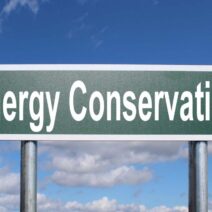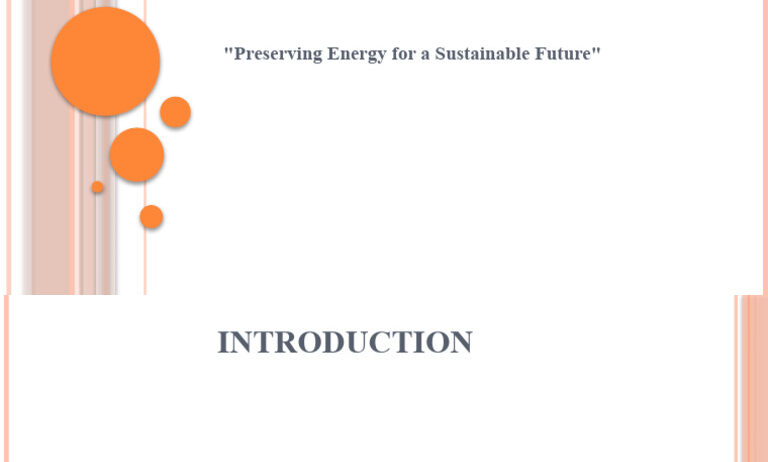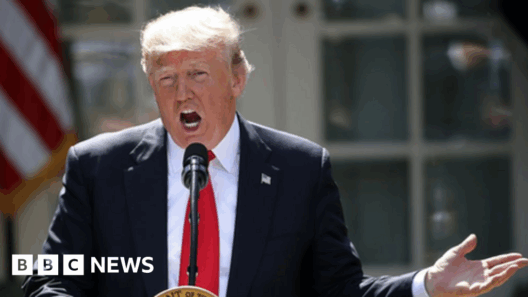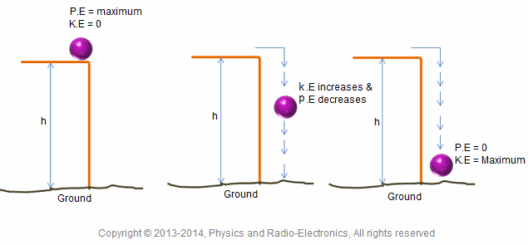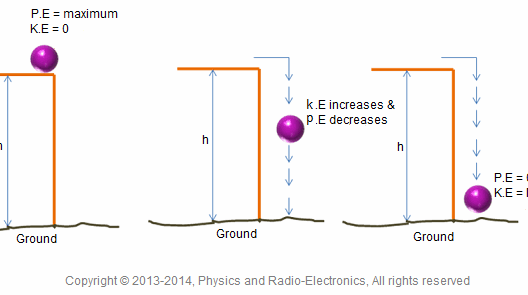Electric heat serves as a vital component in the broader tapestry of electricity energy conservation, illustrating the delicate intertwining of efficiency and environmental stewardship. As climate change accelerates, the consumption of electricity becomes not just a personal choice but a societal necessity. Imagine electricity as a river coursing through a landscape; without conscientious management, it overwhelms rather than nourishes. This metaphor highlights the essential tasks of harnessing, conserving, and utilizing electric energy effectively.
At its core, electric heat represents a conversion of electrical energy into thermal energy, commonly manifested in devices such as electric heaters, ovens, and electric blankets. The convenience offered by these devices is undeniable, yet they often come with ecological repercussions. Understanding the mechanics of electric heat is crucial. When we turn on an electric heater, we are essentially transforming electrical energy into heat through resistance. This process, while effective, can lead to significant energy loss, particularly in poorly insulated spaces—a phenomenon akin to trying to fill a leaky bucket with water.
To navigate the challenges of electric heat efficiency, one must first comprehend the principles of energy conservation. At its essence, energy conservation means utilizing less energy to perform the same task, an objective noble in motive and expansive in scope. Just as a diligent gardener ensures that every plant receives adequate water without wastage, so too must consumers strive to deploy electric heat judiciously. This invokes the concept of insulation. Proper insulation in homes acts as a protective jacket, preserving heat and minimizing the need for continual heating. By optimizing thermal boundaries, one curtails unnecessary electricity consumption—transforming energy management into an art form.
Moreover, the integration of smart technology stands as a beacon of innovation in electric heat conservation. Smart thermostats, for instance, learn user behaviors and dynamically adjust temperatures to align perfectly with need, much like a skilled conductor leading an orchestra, ensuring that every note is played in harmony without excess noise. Installation of zoned heating can lead to further energy savings; only specific areas of a dwelling are heated, avoiding the squandering of resources on unused spaces. This intentionality not only exemplifies conservation but also cultivates a culture of awareness regarding energy use.
Energy-efficient appliances are another cornerstone in the quest for electricity conservation. The emergence of appliances designed with efficiency in mind demonstrates our technologically advanced society’s commitment to environmental sustainability. Look for devices bearing the Energy Star label; these are akin to the gold standard in responsible energy use. Their design and functionality not only benefit the consumer financially through reduced utility bills but also symbolize a collective effort against climate change.
Turning to renewable energy sources transforms the dialogue surrounding electric heat from mere conservation to proactive environmental stewardship. Electric heat derived from sustainable sources such as solar or wind energy can redefine our relationship to energy consumption. Picture the sun, an omnipotent cosmic energy source, an endless reservoir from which we can draw power to heat our homes without the burdensome carbon footprint associated with fossil fuels. The resonance of renewable energy echoes the promise of a cleaner future.
Nevertheless, the path to effective electricity energy conservation is not without obstacles. Behavioral psychology plays an integral role in shaping perceptions and habits surrounding electric heat use. The human tendency towards inertia may thwart efforts to change established routines, leading to chronic inefficiency. Educational outreach is paramount. By elucidating the intricacies of energy conservation, society can cultivate a sense of responsibility and urgency, much like an artist wielding paintbrush to canvas, crafting a vibrant picture of a sustainable future.
In addition, policy measures can galvanize residential energy conservation efforts. Governments can incentivize the adoption of energy-efficient technologies through tax rebates and subsidies, thus making the investment more palatable. Furthermore, strict regulatory frameworks governing energy production and consumption should be implemented, an approach akin to enforcing the rules of an intricate game, where the objective is a balanced symbiosis between humanity and the environment.
Moreover, public awareness campaigns can serve as powerful catalysts in fostering an electric heat conservation ethos. These initiatives can disseminate crucial information on energy-saving tips, reinforce the advantages of renewable energy, and promote community-level cooperation in establishing more sustainable energy practices. A society united under a banner of conservation can morph electricity consumption from a mundane chore into a robust force for change.
In summation, the realm of electric heat and electricity energy conservation encapsulates the nuanced progression of technology, human behavior, and policy. It is a multidimensional paradigm where awareness and action conjoin, creating innovative solutions for a burgeoning climate crisis. By envisioning electricity as a river that must be managed, guiding principles emerge for conservation. Each decision we make, from the appliances we purchase to the choices we make in insulation, contributes to a grand narrative of environmental resilience. The pursuit of electricity energy conservation can indeed become a defining challenge, one that calls each individual to embrace their role in intertwining technology and sustainability for future generations.

